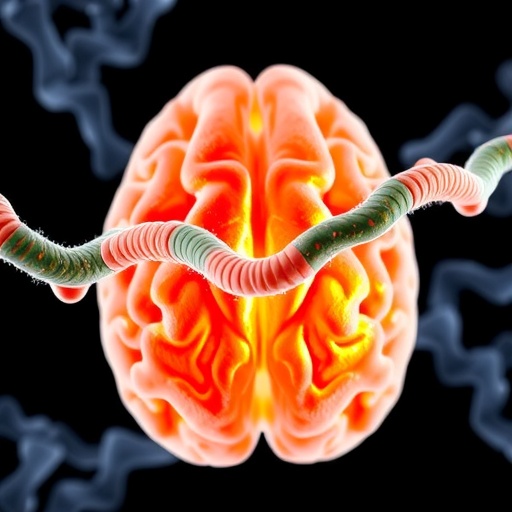ROCKVILLE, MD – Women are often underrepresented in cardiac clinical trials—yet they are at least at equally high risk of death due to cardiovascular disease, and at higher risk of developing drug-induced heart complications compared to men. Clinical trials of medicines generally rely on electrocardiograms (EKG) to measure a patient’s heart’s response to a medicine and determine its safety, yet males and females have a number of differences in their heart physiology that are reflected in consistent variations in their EKGs. As a result, a drug that might appear to be safe in males may not be safe for females.

Credit: Photo by Stefano Morotti
ROCKVILLE, MD – Women are often underrepresented in cardiac clinical trials—yet they are at least at equally high risk of death due to cardiovascular disease, and at higher risk of developing drug-induced heart complications compared to men. Clinical trials of medicines generally rely on electrocardiograms (EKG) to measure a patient’s heart’s response to a medicine and determine its safety, yet males and females have a number of differences in their heart physiology that are reflected in consistent variations in their EKGs. As a result, a drug that might appear to be safe in males may not be safe for females.
“People tend to think that females don’t really get heart diseases, but that’s not the case—males and females are equally impacted by heart issues, though most of what we know about heart disease comes from what researchers have studied in males” explained Kim Hellgren, a pharmacology researcher in the lab of Eleonora Grandi at University of California, Davis. “The best thing would be if we did our research on half males and half females,” he said. But to help interpret studies that don’t have ideal representation, and to highlight the risk of overlooking sex differences in the heart, he’s programming a tool to help predict the female response based on input from male clinical trial participants. Hellgren will present his work work on Sunday, February 19 at the 67th Annual Biophysical Society Meeting in San Diego, California.
Compared to males, females heart cells take more time to return to their resting state after an electrical impulse, which shows up as a longer QT interval on an EKG. The sex-related differences in the excitation and contraction of heart muscle cells may also affect the way in which these cells respond to drugs. As a result, what might be a therapeutic effect in males could simultaneously be detrimental in females.
Using mathematical models of excitation and contraction patterns in male and female human heart muscle cells, the team developed a regression-based “translator” that can use male data to predict female heart response. So far they’ve used their tool in virtual data sets of simulated cardiac responses to a large group of different drugs. Using male data, the translator was able to successfully predict female data that matched the computer’s simulated female data for each drug they tried.
The next step is to package the program so that it can be easily used by people conducting clinical trials, Hellgren said. The program will make it easy to enter a pile of clinical data from male EKGs and get feedback as to whether the drug would be safe or unsafe for women. This would help prevent drugs that could be unsafe for women from going to market.
Ultimately, Hellgren hopes his translator is rarely used, and instead brings attention to the disparities in clinical trials to encourage clinical trial coordinators to recruit an equal number of men and women. But for studies already underway, and for those when it just isn’t possible to get to exactly 50/50, Hellgren believes his tool will be able to bridge the gaps.
###
The Biophysical Society, founded in 1958, is a professional, scientific Society established to lead development and dissemination of knowledge in biophysics. The Society promotes growth in this expanding field through its annual meeting, publications, and committee and outreach activities. Its 7,500 members are located throughout the United States and the world, where they teach and conduct research in colleges, universities, laboratories, government agencies, and industry.




